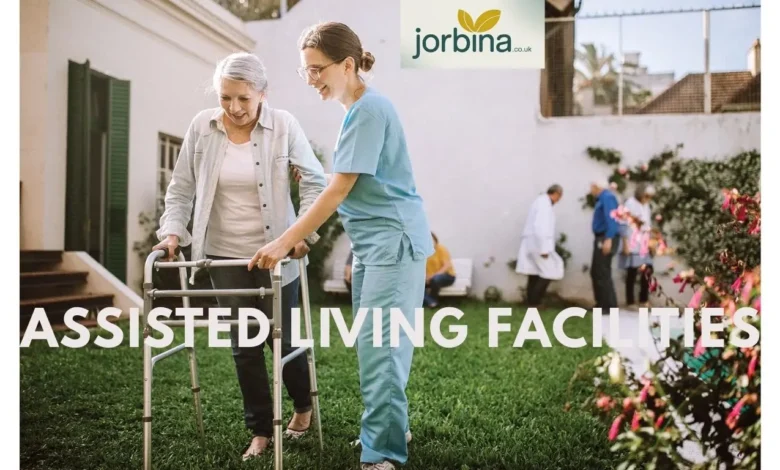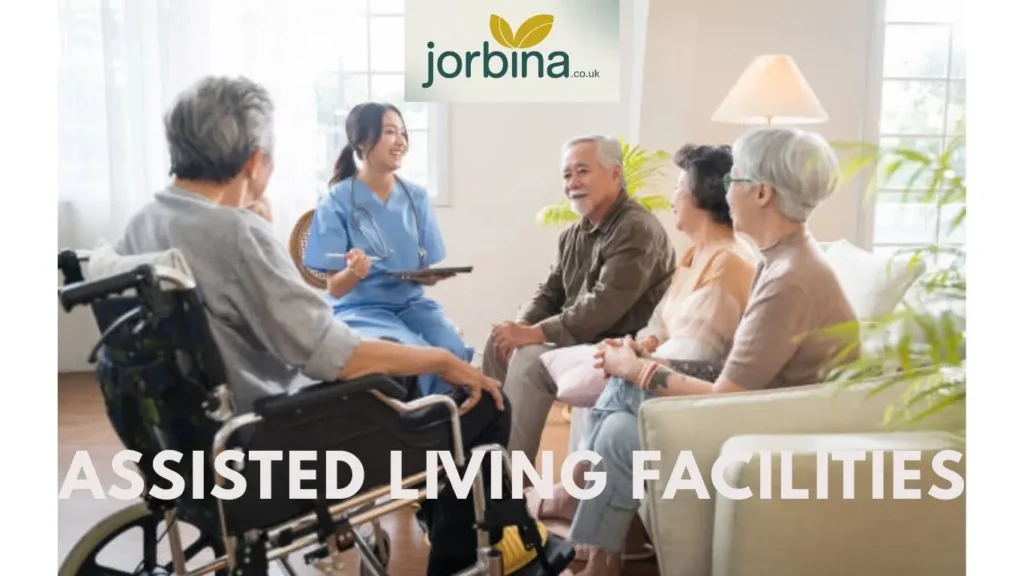Assisted Living Facilities for Seniors Who Want Independence

Picture this: you still wake up in your own cozy space, make your coffee just the way you like it, and decide whether you feel like joining your neighbors for morning yoga or just reading the paper in peace. You have help if you need it, but you’re in charge of your day. That’s the idea behind assisted living facilities.
Families often ask, “Is this the right step? Does it mean giving up freedom?” The honest answer is no. Assisted living is about balancing safety with independence. Let’s walk through how it works, what it offers, and who it might be perfect for.
What Exactly Is Assisted Living?
An assisted living facility is a community designed for people who want to live mostly independently but could use some support with everyday tasks. Think cooking, cleaning, medication reminders, or getting to appointments.
Residents typically have their own apartment or suite. They can decorate it with their own furniture and photos, so it feels like home. Staff are available nearby if help is needed, but the focus stays on personal choice. This setup works well for older adults who are still active but want the reassurance of help close at hand.
How Assisted Living Differs from Care Homes
Many families mix up assisted living with care homes or nursing homes. Care homes provide 24-hour nursing for people with significant health needs. Schedules there are usually more structured, and medical care is the priority.
In assisted living, the goal is freedom first. Meals are provided, but you can eat in your room if you like. You choose which activities to join. Medical staff might check in daily or weekly, depending on your care plan, but life feels more like living in a neighborhood than a hospital.
The Living Spaces: Comfort Matters
A big draw of assisted living is the housing itself. Options range from small studio units to spacious one- or two-bedroom apartments. Some include kitchenettes so residents can still cook. Others focus on shared dining to encourage social interaction.
Most communities also offer extras like gardens, libraries, or fitness rooms. This shared space encourages friendships and makes the community feel alive rather than clinical. For many seniors, this social connection is just as valuable as the practical support.
Assisted Living for Vulnerable Adults

Although most people associate these communities with seniors, assisted living can support other groups, too. Vulnerable adults recovering from accidents, living with disabilities, or facing cognitive challenges may choose this option. The structured yet flexible environment allows them to regain skills and confidence while staying safe.
Younger Residents and Special Programs
It might surprise you, but there are assisted living programs tailored to young adults. These are helpful for people who live with conditions that make full independence difficult, maybe a chronic illness or developmental difference. The environment gives them freedom but also provides backup with meals, therapy appointments, or social activities.
Mental Health Support in Assisted Living
Some facilities now focus on mental health needs. Residents who deal with anxiety, depression, or other mental health conditions benefit from regular check-ins, counseling sessions, and safe routines. Living in a supportive environment can reduce isolation and help residents build healthier habits over time.
Assisted Living vs. Supported Living
The terms sound similar, but there is a key difference. Supported living usually means you rent or own your own place and have staff visit as needed. Assisted living puts you in a community where staff are on-site 24/7.
Supported living can work well for people who need occasional help. Assisted living is better if you want social opportunities and quick access to support without calling someone from outside.
Finding the Right Place
This decision can feel overwhelming. Here’s a good approach:
- Make a needs list. Include help with meals, medical needs, or transportation.
- Decide on the location. Being near family can make visits easy.
- Compare costs. Ask what’s included and what costs extra.
- Visit in person. Walk around, talk to residents, and join an activity if possible.
Watch how staff interact with residents. Do they seem rushed or genuinely friendly? A warm atmosphere matters just as much as fancy décor.
Regional Options: Hyderabad and Karachi
Interest in assisted living is rising worldwide. Families searching for assisted living facilities near Hyderabad will find communities offering everything from local cuisine to language-specific staff to make residents comfortable.
Similarly, assisted living facilities near Karachi are blending modern healthcare with cultural traditions, so elders can enjoy familiar festivals and foods while getting professional care. For families who want parents close but safe, this can be the ideal solution.
A Typical Day
Life in assisted living follows a gentle rhythm rather than a strict schedule. Residents might start with a communal breakfast or cook their own. Afterward, they can join exercise sessions, attend art or music groups, or simply relax.
Afternoons may include outings to shops, movie nights, or quiet reading in a shared lounge. Dinner is often served restaurant-style, which feels more social and enjoyable than eating alone. Each resident can choose to be busy or keep things quiet depending on their mood.
Levels of Care
One of the best things about assisted living is that care can grow with you. Many communities offer multiple levels, from light support (just meals and housekeeping) to advanced memory care for people with dementia. This means residents don’t always have to move if their needs change, which provides stability.
Who Can Move In
Generally, anyone who can move around with light help and handle basic personal tasks qualifies. People who need constant medical monitoring may be directed to a nursing home instead. If you’re unsure, the facility can arrange an assessment to see whether assisted living is appropriate.
The Benefits for Families
Families often feel relief once a loved one moves into assisted living. They can visit and enjoy quality time rather than spending every moment worrying about safety or rushing to manage chores. This shift often strengthens family bonds and reduces stress on everyone.
Planning for Costs
Assisted living is an investment, so plan carefully. Some communities charge a flat monthly rate covering housing, meals, and activities. Others bill separately for extra services like medication management or transportation.
Ask about future price changes if your care needs grow. Transparency now will save stress later.
Taking the First Step
If you’re considering this option, start early. Research online, collect brochures, and create a shortlist. Schedule tours and bring a list of questions. Ask about safety systems, staff training, and resident feedback. The right community should feel warm and welcoming from the moment you walk in.
FAQs
What is the meaning of “assisted living facility”?
It’s a residential community where people get help with daily needs while keeping their own space and control over routines.
What is the difference between a care home and assisted living?
Care homes provide full-time medical supervision. Assisted living focuses on support with daily tasks and social engagement.
What is another name for an assisted living facility?
You might hear terms like “senior living community,” “retirement residence,” or “personal care home.”
What is the difference between assisted living and…?
Usually, this question compares it to nursing homes or independent living. The difference lies in how much daily help and medical care are provided.
What is the highest level of care in assisted living?
The highest level often includes memory care or skilled nursing units within the same community, which allow residents with advanced needs to stay on-site.
Closing Thoughts
Assisted living facilities are no longer just quiet places where seniors wait for visitors. They’re lively, social spaces that let people keep their dignity and freedom while staying safe. For many families, they’re the perfect middle ground between total independence and full-time nursing care.
If you or someone you love is ready for extra support without giving up choice, exploring assisted living might be the first step toward a happier, healthier chapter of life.



